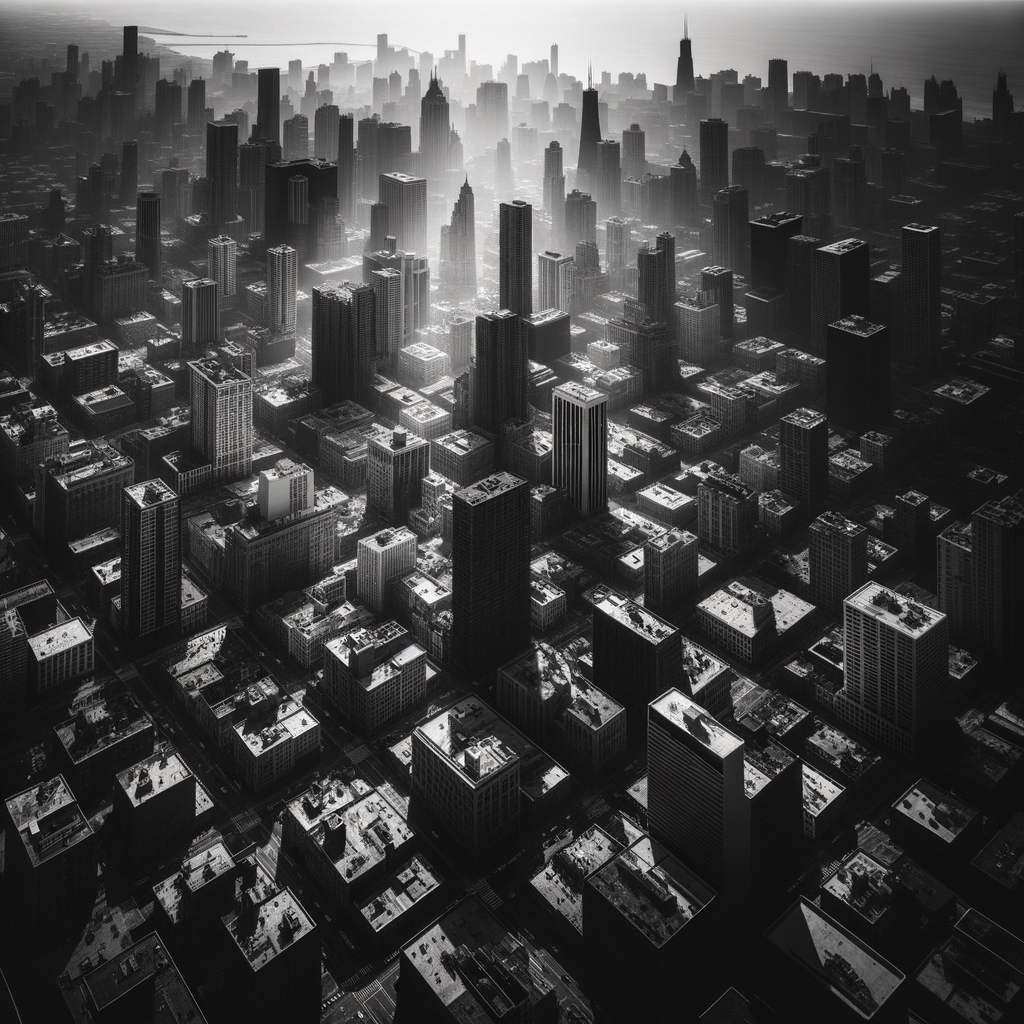
Black and white photography is not just a style; it is an art form that can convey the essence of a moment without the distraction of color. In this guide, we will explore the fundamental principles and techniques to help you create striking black and white photographs that speak for themselves.
Diving into the world of black and white photography can be both an intriguing and inspiring process. The absence of color allows you to concentrate on other elements such as composition, texture, light, and shadow, making these images more emotional and expressive.
1. Understanding Light and Shadow
Light and shadow are two of the most critical elements in black and white photography. The ability to see their interplay and utilize it in your work will help you create depth and dimension. Experiment with shooting at different times of the day to see how the light and shadows change. Shooting under sunny conditions will help you capture rich contrasts.
2. Choosing the Right Subject
Not all scenes translate equally well into black and white. Portraits, architecture, and natural elements often look particularly striking. Aim to find interesting textures and lines. You can also use subjects with high contrast to make your images more engaging.
3. Composition
Composition plays a critical role in any photograph, but in black and white, it requires special attention. The rule of thirds, centering of objects, and the use of leading lines will work to your advantage. Don’t hesitate to experiment with different compositional techniques to add creativity.
4. Post-Processing
Post-processing is another key aspect that should not be overlooked. Software such as Adobe Lightroom or Photoshop allows you to refine your image further. Levels of contrast, brightness, and shades of gray are all elements that will help you perfect your photograph.
5. Experiment with Filters
Don’t hesitate to use various filters. Black and white filters can alter how certain colors translate into the gray scale, and this can add necessary depth to your image. Try using filters for increasing contrast or softening textures depending on your artistic goal.
6. Adjusting Contrast and Brightness
Review your images and adjust the contrast levels to highlight the main subject in the photograph. Low contrast can add softness to the image, while high contrast will emphasize details, creating a sense of drama. Use the curves tool in your editor to create the desired effect.
7. Analyze the Masters’ Work
Look at works by renowned photographers specializing in black and white photography. You can study their techniques, compositional methods, and visual storytelling. Learn from them, be inspired, but don't copy their stylistic vision. Find your own approach and interpret what you see.
8. Practice, Practice, Practice
Like any art form, the best way to master black and white photography is through practice. Shoot daily, and if you cannot go outside, practice techniques on objects in your home or in your yard. Over time, you’ll learn to see the scene through “black and white” lenses.
Remember that black and white photography is not just the absence of color but a distinct technique that requires time and effort to master. So grab your camera and set off in search of your black and white masterpiece!


